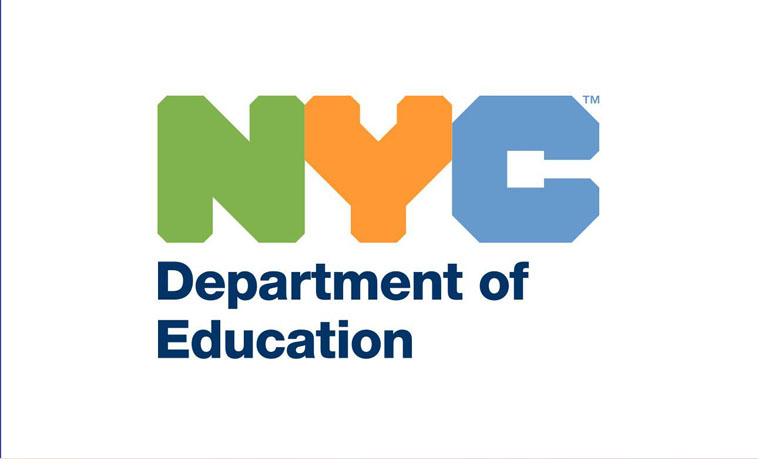LSD In Schools
At three to five dollars a
hit, LSD is making a comeback among young dealers in school hallways.
“I
know somebody that brought some one day and was selling it. He brought
it in a little tin foil packet,” says eighteen-year-old Tracy.
The difficulty LSD presents
to parents and school officials is that its easy to hide and difficult
to discern even if spotted.
“It doesnt
look bizarre. It doesnt look troubling. It doesnt throw
up any red flags that I need to check and see what this looks like.
Thats why its so insidious because it seems so innocent,”
explains Garry McGiboney, a school security expert.
Parents should keep an eye
out for anything in a notebook or book bag that looks out of place,
particularly if its a small sheet or a tiny square.
“Things like that
are what parents need to be vigilant about and not be naïve and
not be reticent to ask the family physician or school counselor or school
administrator or even mention it to a teacher. Just say this is something
I found and I dont want to overreact, but is it something I should
be concerned about?” suggests McGiboney.

